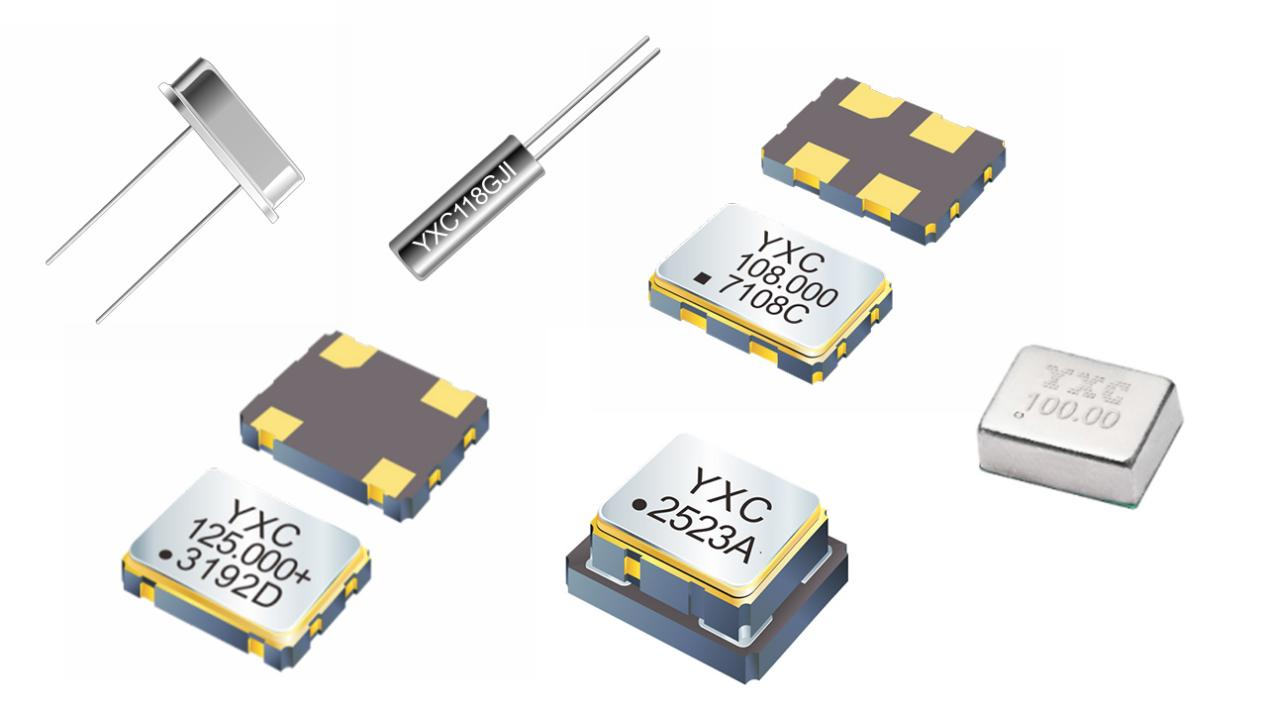Real-time clock chips and crystal oscillators both play an important role in providing clock signals in electronic devices, but their nature, functions and complexity are very different. Simply put, the crystal oscillator is the "heart" that generates a stable frequency, while the real-time clock chip is the "brain" that manages and distributes these "heartbeats".
> Introduction and principle of crystal oscillator
· Basic introduction to crystal oscillator
Crystal oscillator (crystal oscillator) is an electronic component that uses the piezoelectric effect of quartz crystal to generate a stable oscillation frequency. It is widely used as a clock signal source for electronic devices.
· Working principle of crystal oscillator
Crystal oscillator has piezoelectric effect, that is, when voltage is applied to the two poles of the chip, the crystal will deform. Conversely, if the external force deforms the chip, the metal sheet on the two poles will generate voltage. If an appropriate alternating voltage is applied to the chip, the chip will resonate (the resonant frequency is related to the inclination angle of the quartz bevel, etc., and the frequency is constant).
Crystal oscillator uses a crystal that can convert electrical energy and mechanical energy into each other. It can provide stable and accurate single-frequency oscillation when working in a resonant state.
· Main function of crystal oscillator
The function of crystal oscillator is to provide basic clock signal for the system. Usually a system shares a crystal oscillator to facilitate synchronization of various parts. Some communication systems use different crystal oscillators for baseband and radio frequency, and synchronize them by electronically adjusting the frequency. Just like traffic lights on the road, they provide a certain frequency rhythm for the normal driving of vehicles on the road.
· Advantages of crystal oscillators
It outputs precise clocks with atomic-level stability, combines low power consumption, high noise resistance and miniaturization, and provides a reliable "heartbeat" for electronic systems. "
· Limitations of crystal oscillators
The limitations of crystal oscillators are susceptible to mechanical vibration and temperature changes, and there may be stability challenges in high-frequency applications. "Affected by temperature and mechanical external forces, it is difficult to improve accuracy in high-frequency scenarios, weak impact resistance, and limited flexibility, so low-frequency or special frequency points need to be customized.
> Introduction and principle of real-time clock chip
· Basic introduction of real-time clock chip (Real-Time Clock)
Real-time clock chip, also known as timer chip or timing chip, is an integrated circuit used to generate pulse signals of a specific frequency. Its main function is to provide a stable clock signal so that electronic devices can work and communicate at a predetermined time. Real-time clock chips usually include (interfaces, counters, and pre-dividing registers) to output the required clock frequency.
· Principle of real-time clock chip
By referring to the external 32.768Khz clock source, the frequency divider is divided 15 times to get 1hz, and then the counter (seconds, minutes, hours, days, months, years) is counted and placed in the corresponding register to realize the conversion from seconds to calendar time.
· Main functions of real-time clock chip
The core functions of real-time clock chip include: accurate timing and calendar management, time retention after power failure, timestamp, and alarm/timer functions. These features make it widely used in smart water and electricity meters, computers, smart homes, industrial control and other electronic devices that require accurate time recording and synchronization.
· Advantages of real-time clock chip
As the "time guardian" of electronic systems, real-time clock chip (RTC) achieves accurate timing at extremely low power consumption (μA level) with high-precision crystal oscillator (error as low as ±3.4ppm) and intelligent calendar algorithm. Become a key component from consumer electronics to military industry.
> Relationship and core differences
① Relationship: Most real-time clock chips require an external crystal oscillator as their clock source. The crystal oscillator is a basic component that provides precise frequency signals. The real-time clock chip does not generate basic clock signals. It needs to use the frequency signal generated by the crystal oscillator to implement the clock module of complex calendar time counting and perform complex "time management".
② Core difference: The crystal oscillator works independently and has a relatively simple structure. It only generates precise and stable clock signals and cannot time. However, it is widely used. Crystal oscillators are needed wherever precise clock signals are required.
Real-time clock chips do not generate basic clock signals. They rely on the frequency signal generated by the crystal oscillator to realize complex calendar time and functions. They are specifically used in applications that need to know and maintain real-time time.
The two work together, but they are different.